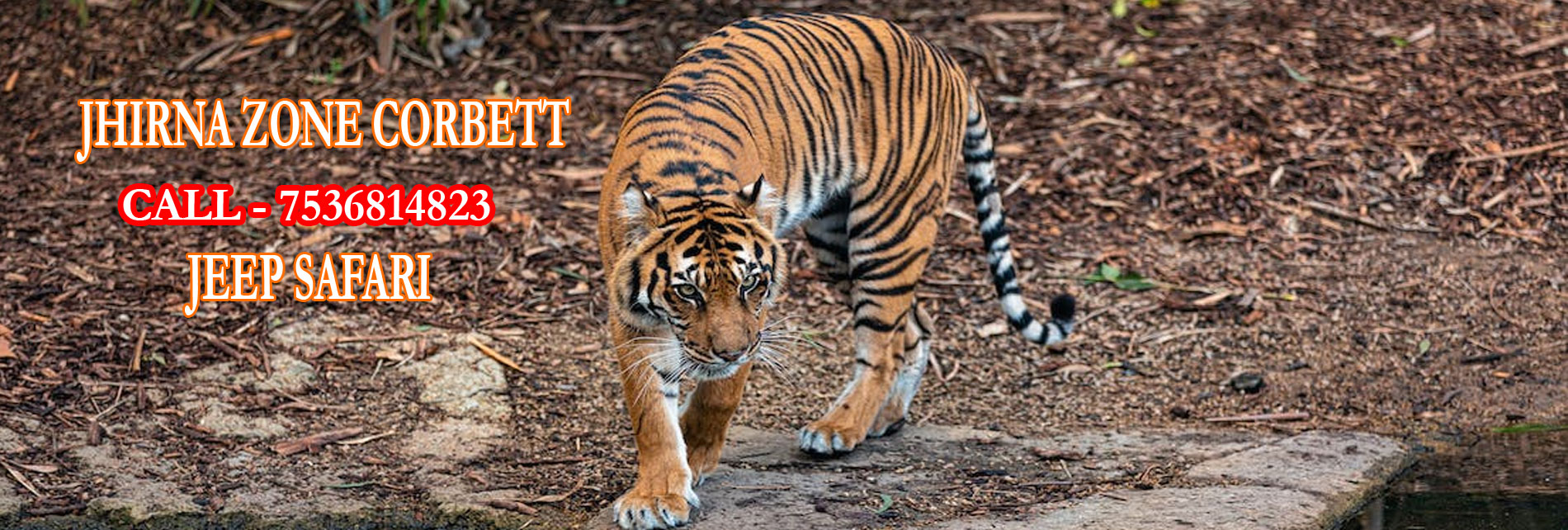


Jim Corbett National Park, nestled in the scenic landscapes of Uttarakhand, India, is renowned for its rich biodiversity and captivating wildlife. Among the various zones within the park, Jhirna Zone stands out as a popular destination for wildlife enthusiasts and nature lovers. Offering an unforgettable experience, the Jhirna Zone Jeep Safari allows visitors to delve into the heart of this magnificent wilderness and witness its wonders up close. Jhirna Zone, located in the southern part of Jim Corbett National Park, spans across an area of approximately 25 square kilometers. It boasts a diverse ecosystem consisting of dense forests, grasslands, and seasonal streams, making it an ideal habitat for a wide range of flora and fauna. This zone is particularly known for its high density of herbivores, which, in turn, attracts predatory species, including the elusive Bengal tiger and leopards.
Embarking on a Jeep Safari in Jhirna Zone is an adventure that immerses you in the mesmerizing beauty of the park. As you step into the sturdy four-wheel-drive vehicle, the anticipation builds, and you're ready to explore the wilderness. The jeep rumbles along the rugged trails, led by experienced guides who possess extensive knowledge about the park's inhabitants, their behavior, and the conservation efforts in place. The morning safari is often recommended as the best time to observe wildlife, as the animals are more active during the cooler hours of the day. The sun peeks over the horizon, casting a golden glow on the landscape as you traverse through the enchanting forests. The melodious songs of birds fill the air, while the rustling leaves and distant calls of animals create a symphony of nature.
Jhirna Zone offers sightings of several herbivorous species, such as deer, wild boars, and elephants, as they forage and graze in their natural habitat. The chance encounters with these gentle giants, gracefully navigating through the wilderness, leave an indelible impression. However, the real thrill lies in the possibility of spotting the majestic Bengal tiger, the crown jewel of Jim Corbett National Park. With its powerful presence and awe-inspiring beauty, the tiger symbolizes the essence of the wild, and catching a glimpse of this elusive creature in its natural surroundings is an unforgettable experience. Apart from the charismatic big cats, Jhirna Zone is also a haven for bird enthusiasts. The region boasts a rich avian diversity, with over 300 species recorded, including the magnificent crested serpent eagle, the vibrant Himalayan kingfisher, and the melodious great hornbill. The jeep safari offers ample opportunities to observe these feathered wonders, soaring through the sky or perched atop tree branches, adding a colorful touch to the already vibrant landscape. The Jhirna Zone Jeep Safari typically lasts for a few hours, allowing visitors to explore the area thoroughly while adhering to responsible wildlife viewing practices. It is essential to respect the park's regulations and maintain a safe distance from the animals, ensuring their well-being and preserving the delicate ecosystem.
To partake in the Jhirna Zone Jeep Safari, it is advisable to make advance bookings, as the number of vehicles allowed each day is limited to ensure a sustainable tourism experience. The park authorities have implemented such measures to maintain a balance between tourism and conservation, thereby safeguarding the park's pristine beauty for future generations to appreciate and enjoy. A journey through Jhirna Zone in Jim Corbett National Park is an extraordinary encounter with nature at its finest. The Jeep Safari not only provides an opportunity to witness the captivating wildlife but also instills a sense of awe and appreciation for the importance of conservation. So, gear up for an adventure, immerse yourself in the wonders of the wild, and create
If you're planning a Jhirna Jeep Safari in Jim Corbett National Park, you might be interested to know that the charges can vary depending on some factors. These could include the season, your nationality, and the type of vehicle you want to use. To make sure you have the most up-to-date information on fees and charges, we recommend checking out the official website or speaking with authorized tour operators. First, there's the Entry Permit Fee, which applies to all visitors heading into the Jhirna Zone. This fee will usually be charged per person, and the amount could vary depending on whether you're an Indian national or a foreign national. On top of that, there's a separate Vehicle Fee that you'll need to pay for the jeep or other vehicle you'll be using on the safari. Again, the exact amount you'll be charged could depend on the kind of vehicle you choose (whether it's a gypsy or a canter, for example) and how many people will be riding in the vehicle. Finally, each safari vehicle comes with a knowledgeable guide who can give you great insights into the park and its wildlife. The guide fee is usually included in the overall cost of your safari.We hope this helps give you some idea of what to expect in terms of fees and charges, and we wish you all the best on your Jhirna Jeep Safari adventure!
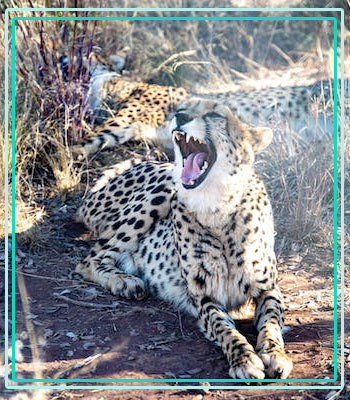
1. By Air: If flying is your preferred mode of travel, you'll be happy to know that the closest airport to Jhirna Zone is Pantnagar Airport. It's roughly 130 kilometers away but don't worry, once you arrive, you can easily hire a taxi or take a pre-arranged transfer to reach Jhirna Zone. Many domestic airlines offer frequent flights to Pantnagar from popular cities such as Delhi. Happy travels!
2. By Train:Hey there! If you're planning to visit Jhirna Zone, the nearest railway station would be the Ramnagar Railway Station, which is about 15 kilometers away. It has great connectivity to other major cities in India. Once you reach the station, you can hire a taxi or share an auto-rickshaw to easily get to the entrance of Jhirna Zone. Enjoy your trip!
3. By Road:Hey there, great news! The Jim Corbett National Park has excellent road connections, making it super easy to visit the Jhirna Zone. If you're coming from nearby cities like Delhi, Nainital, or Ranikhet, you can easily hire a taxi or drive your car to get there. The distance from Delhi to Jhirna Zone is approximately 260 kilometers, and the journey usually takes around 6-7 hours, depending on traffic conditions. Happy travels!
Once you reach Ramnagar, the entry gate to Jim Corbett National Park, you need to obtain the necessary permits and entry tickets for the Jhirna Zone safari. These permits can be obtained at the respective office near the entrance gate. It is advisable to make prior arrangements or book the safari through authorized tour operators to secure your spot in advance, especially during peak seasons. It is recommended to check the latest travel advisories, road conditions, and entry requirements before planning your trip to the Jhirna Zonein Jim Corbett National Park.
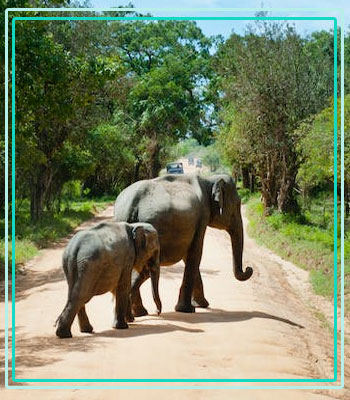
Sal Trees: The dominant tree species in the Jhirna Zone is the Sal tree (Shorea robusta). These tall and majestic trees create a dense canopy, providing shade and shelter to various animals and plants.
Mixed Deciduous Forests: The Jhirna Zone is characterized by mixed deciduous forests, comprising trees such as Sissoo, Khair, Dhak, and Bamboo. The forest floor is adorned with a carpet of grasses, shrubs, and climbers.
Riverine Vegetation: The Jhirna Zone is crisscrossed by several streams and rivers, which support riverine vegetation like Bhimal (Gmelina arborea), Kachnar (Bauhinia variegata), and other water-loving plants.
Medicinal and Aromatic Plants: The region is also home to various medicinal and aromatic plants like Amla (Indian gooseberry), Kuth (Saussurea costus), Bael (Wood Apple), and many more.
Bengal Tiger: The Bijrani Zone is known for its population of majestic Bengal tigers. Spotting a tiger in its natural habitat is a highlight of visiting this zone.
Asian Elephant:Jhirna is also home to a significant number of Asian elephants. These gentle giants can be seen in their natural habitat, often near water bodies.
Leopards:The zone is inhabited by leopards, which are expert climbers and skillful hunters. They are well-camouflaged and can be spotted resting on tree branches or hunting their prey.
Deer Species: Jhirna Zone is home to several deer species, including the Spotted Deer (Chital), Sambar Deer, and Barking Deer (Kakar). These graceful animals can be seen grazing in open grasslands.
Langurs and Macaques: The zone is populated by Hanuman Langurs and Rhesus Macaques, playful and mischievous primates that can be spotted swinging through the trees.
Sloth Bears: Jhirna is known for its population of sloth bears. These unique creatures can be seen foraging for food or climbing trees in search of honeycombs.
Reptiles and Birds: The Jhirna Zone is also home to a variety of reptiles, including the Indian Rock Python, King Cobra, and several species of turtles and tortoises. The zone is a birdwatcher's paradise, with numerous resident and migratory bird species like the Great Hornbill, Crested Serpent Eagle, and White-rumped Shama.
The above list provides just a glimpse of the flora and fauna found in the Jhirna Zone. Exploring the zone through a jeep safari offers an opportunity to witness the incredible biodiversity and natural beauty of the region.
For Jeep Safari Booking and up-to-date contact information for the Jhirna Gate, Ramnagarof Jim Corbett National Park. Here you will get the contact details, including phone numbers and email addresses, for inquiries and bookings related to the Bijrani Jeep Safari from Amdanda Gate.
Jhirna Gate, Ramnagar, Uttarakhand - 244715
corbetttourandtravels@gmail.com
+91.7536814823
Mon-Sat: 08AM - 09PM
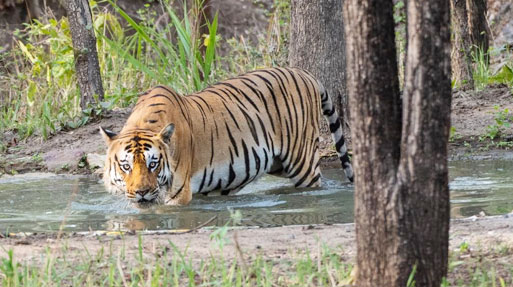
Bijrani zone is the main zone of Corbett which is closest to Ramnagar. Its entry gate is Amdanda. 30 jeeps go for jungle safari in morning and 30 jeeps in afternoon in Bijrani zone
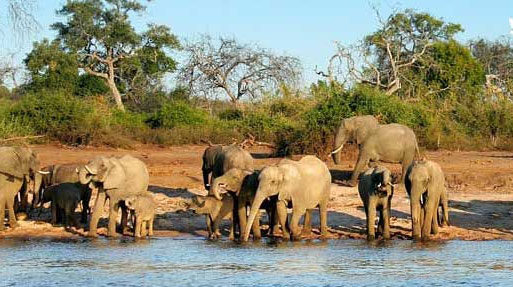
In Jhirna zone, 30 jeeps go for jungle safari in the morning and 30 jeeps in the afternoon, here the number of tigers and elephants is the most visible. It is 15 kms from Ramnagar

In Dhela zone, 15 jeeps go for jungle safari in the morning and 15 jeeps in the afternoon, here you can easily see wild animals in their homes. It is 13 kms from Ramnagar
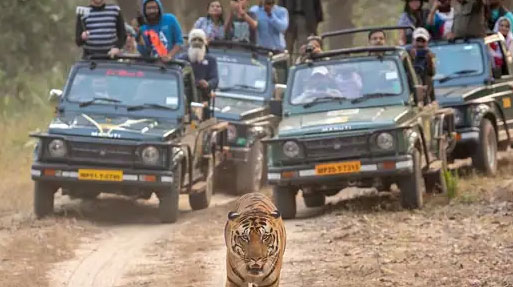
Garjia Zone has 15 jeeps in the morning and 15 jeeps in the afternoon for jungle safari. Durga Devi Zone is the hill safari zone filled with wildlife beauty and adventure. It is 20 kms from Ramnagar.
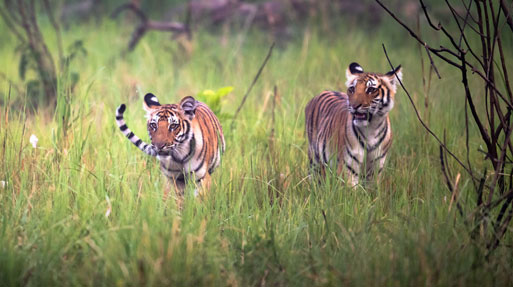
Durga Devi Zone has 30 jeeps in the morning and 30 jeeps in the afternoon for jungle safari. Garjia Tourist Zone is a very popular area of the spectacular. It is 15 kilometers from Ramnagar.

Fato zone is the newest zone of Corbett which was built in 2022. Its entry gate starts from Maldhan. It is at a distance of 16 km from Ramnagar, nowadays most of the tourists come here to visit.
Call Us